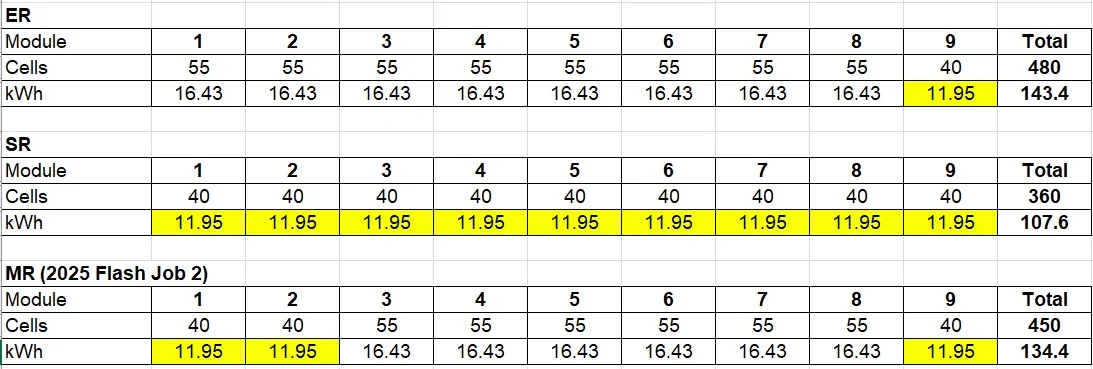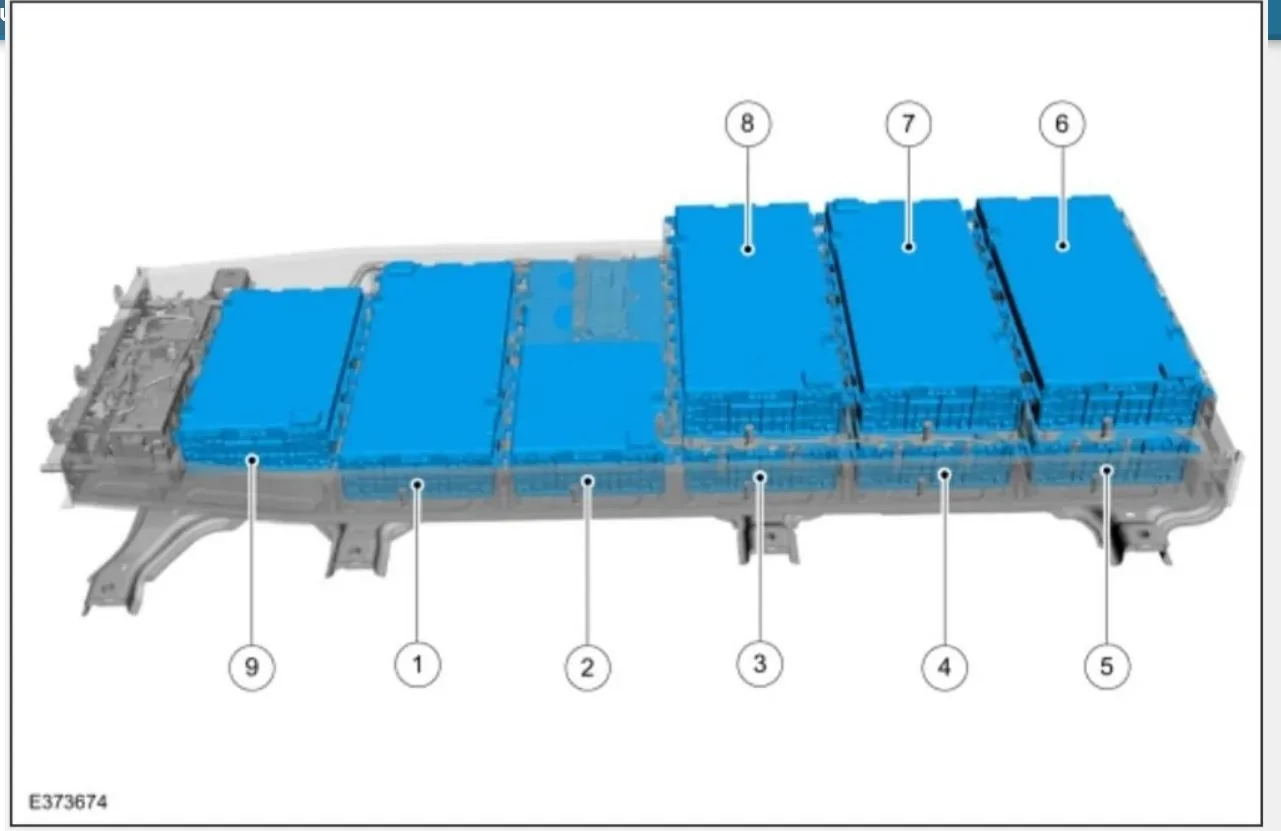VTbuckeye
Well-known member
I was bummed when I found out that dual charger did not mean a j1772 plug on each fender. It would have been awesome to plug in to two 30amp EVSEs and charge at 60amp. I got over it a little over 3 years ago.
Sponsored


Followed up with them. I'm not *quite* as technical as y'all (I'm getting there) but hoping I can find more on this.@Ford Motor Company any additional feedback from engineering?
From your earlier post, I'd guess all trucks have a 48 amp front board charge controller [OBCC]
Do all Lightnings have a front OBCC that is rated at 48 amps regardless of SR/ER pack sizes for all model years 2022 to present?
Do all Lightnings equipped with dual on board chargers, have a rear unit rated at 32 amps, or do these trucks get something completely different ie. 40 front 40 rear?
At one time, Ford's website had Tech Specs documents for the 2022, 2023, and 2024 model years. I have all three versions archived on my PC, but I can only find the 2022 version on Ford's site. If the others are still available, they didn't appear in the results of my quick Google search.I have seen both 11.3kw and 11.6kw for the SR charger.
Good info. - I only have the 2022 tech spec sheet as well, downloaded in 2024 right after I bought my 2023 Pro - I think I would have downloaded the others if they had been there. I do have one that does not have the heading "2022" in it, but it seems identical to the one that does say "2022."At one time, Ford's website had Tech Specs documents for the 2022, 2023, and 2024 model years. I have all three versions archived on my PC, but I can only find the 2022 version on Ford's site. If the others are still available, they didn't appear in the results of my quick Google search.
According to all three documents, the SR Lightning has 48A on-board charging that accepts a maximum input power of 11.3kW and outputs 10.5kW to the battery (about 92.9% charging efficiency). The 11.3kW specification would be 48A at 235V. It is likely that this specification accounts for voltage drop across a typical EV charging cable: the maximum allowed voltage drop is about 7V, and 48A x 233V = 11.184kW, which rounds to 11.2kW.
According to the 2022-2023 documents, the ER Lightning has 80A on-board charging, with a maximum input power of 19.2kW and output of 17.6kW (about 91.7% efficency). The 2024 document lists this as "Fleet Only" and does not specify Level 2 charging for non-Fleet ER trucks.
The 2024 and 2025 Order Guides specify "Level 2 peak charging rate of 11.5kW" for the non-fleet ER trims. This would be 48A at 240V rounded to the nearest 0.1kW. The Order Guides don't specify a charging rate for SR trucks, so it isn't clear if the SR charger is actually different, or if the Order Guide and Tech Specs are giving different numbers for the same charger based on slightly different assumptions.
I normally tell people that SR trucks have a single 11.2kW charger, 2022-2023 ER trucks have dual chargers for 19.2kW total, and 2024-2025 trucks have a single 11.5kW charger. This may or may not be completely accurate, but does align with the documents I've seen from Ford.
What I want to know is if in the future my truck gets totaled and I have to buy a new one, if I simply bolt in the 2nd charger or if you guys have locked the thing down so much I’m screwed. Thanks Brian, not AI.Chasing a 100% accurate answer, but the documentation on the charger system suggests the second charger is only used when input current is above 48A.
From what I have read they do have two identical 40Ax240V=9.6kW chargers for the ER battery model for a total of 19.2kW rate of energy transfer (240V x 80A) ideaally - always some losses of course.Then the question becomes why doesn't Ford use dual 40A chargers? Wouldn't that have been cheaper?